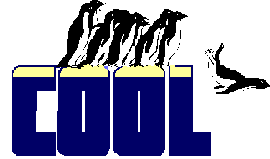
Virtually every parameter named nFlag in VFP is additive, letting you make multiple choices and add their specified values together. This one isn't. Despite the use of binary values (1 for overwrite, 2 for Unicode, 4 for UTF-8), the only values accepted for nFlag are the ones in the table above. Specifying either the Unicode or UTF-8 settings overwrites an existing file

